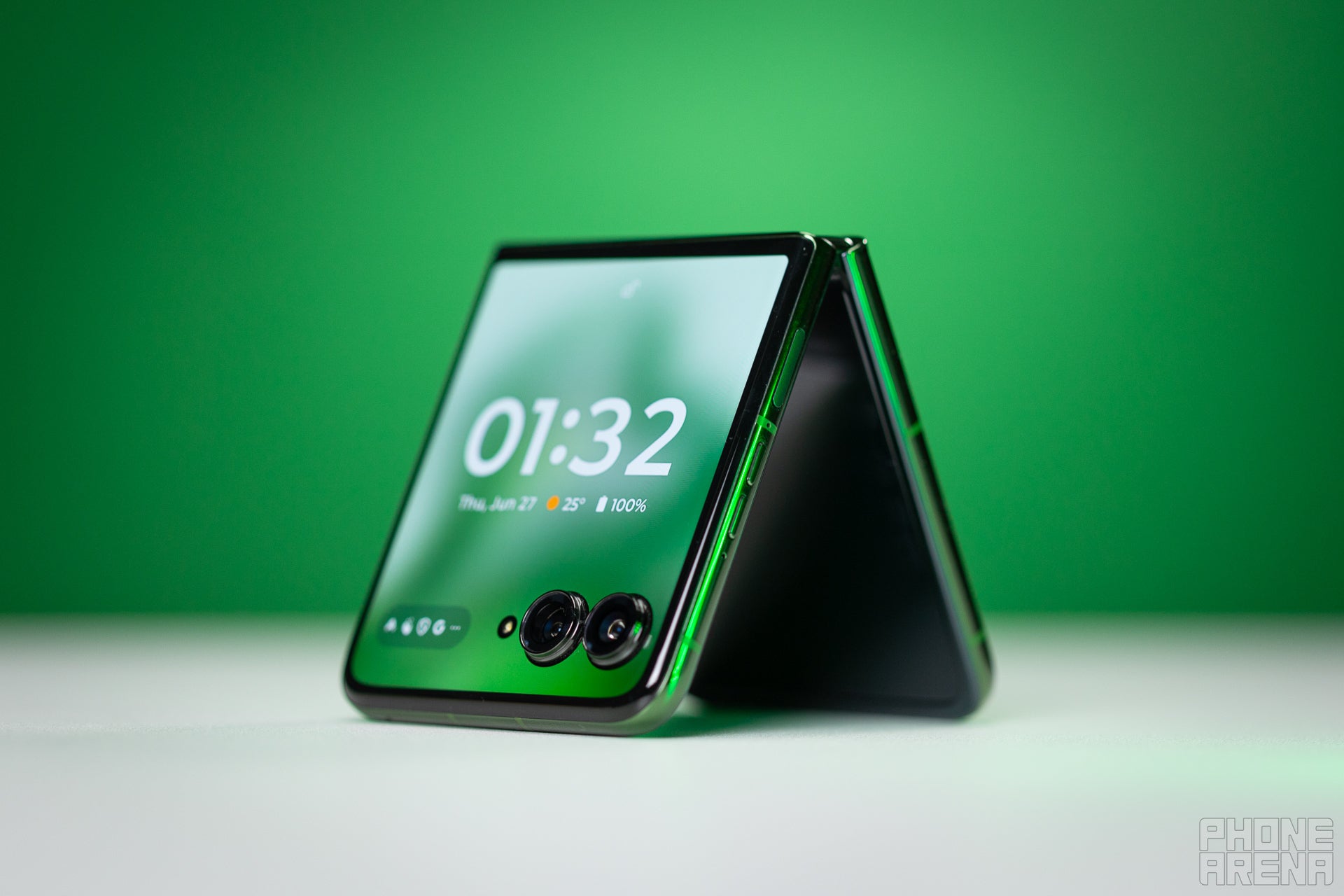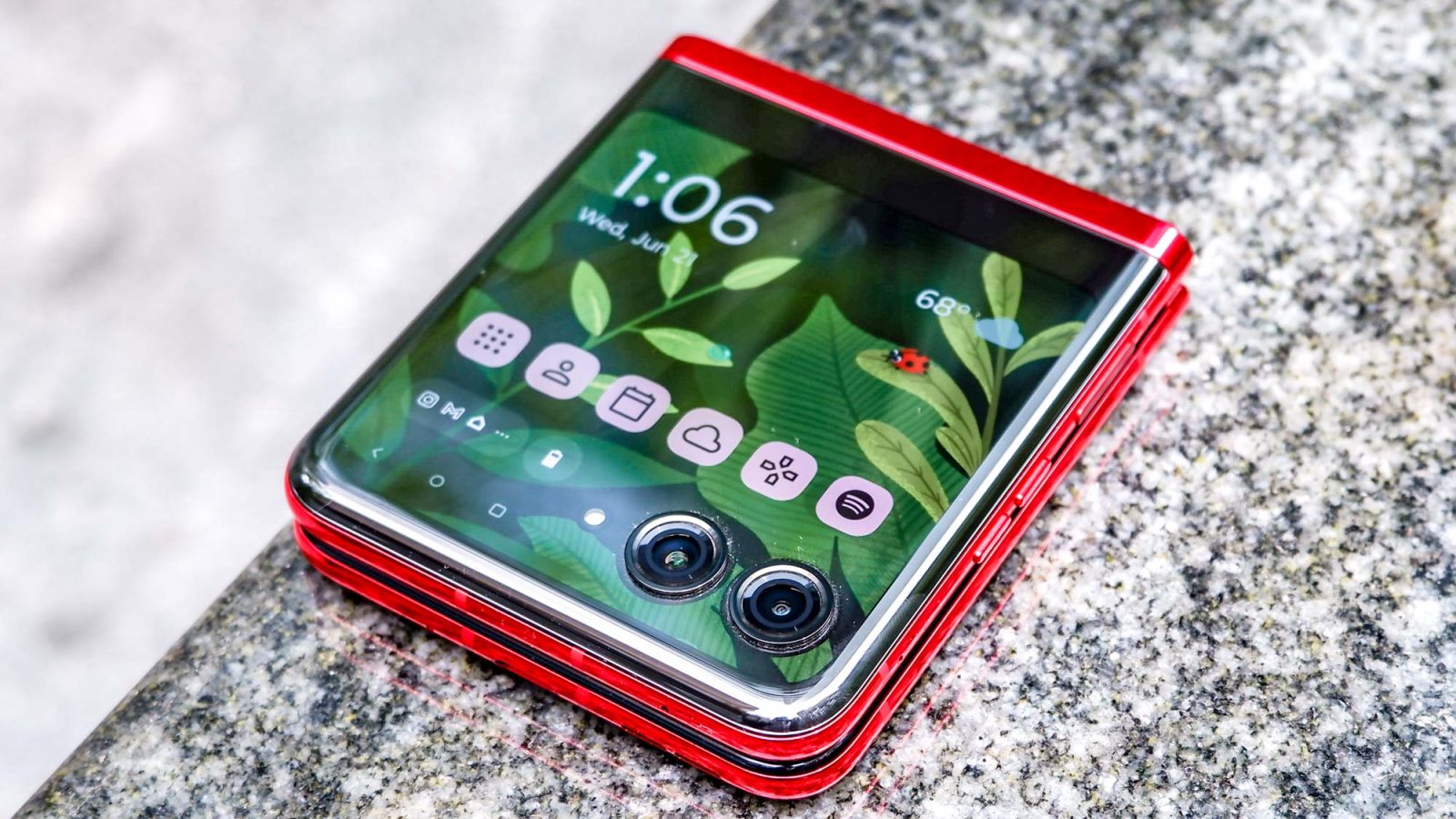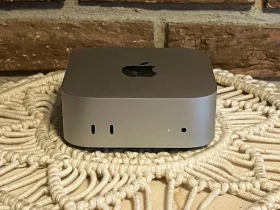The Motorola Razr Plus 2024 stands out in a crowded smartphone market, offering a delightful experience uncommon in modern phones. Priced at $999, it goes beyond being a mere functional tool by incorporating charming features, such as a turntable animation on its cover screen, which adds a touch of whimsy and uniqueness to the device.
This folding phone manages to blend innovative design with practical functionality, setting it apart from other smartphones that have become background necessities in our lives.
One of the key attractions of the Razr Plus is its impressive cover screen, which is larger and more useful than its predecessors. The cover screen measures four inches diagonally, larger than last year’s model, and comes with various customization options, including app shortcuts and an improved calendar panel.
These enhancements make it more than just a secondary display, offering substantial utility without the need to open the phone fully. The improvements to the user interface contribute significantly to the overall experience, making everyday interactions smoother and more enjoyable.
The inner workings of the phone, however, reveal some areas where the Razr Plus falls short. The main 6.9-inch 1080p OLED inner screen, while adequate, does not match the high resolution and brightness of competitors in the same price range.
This screen quality, coupled with only four years of software support and occasional issues with the vegan suede back panel, could be potential drawbacks for some users. Despite these shortcomings, the new hinge design effectively minimizes the screen crease, and the phone’s water resistance rating has been upgraded to IPX8, making it more durable than previous models.

The Motorola Razr Plus is powered by the Snapdragon 8S Gen 3 chipset, accompanied by 12GB of RAM and 256GB of storage, providing ample performance for everyday use. Its battery life is also commendable for a flip phone, easily lasting a full day of heavy usage.
While these specifications are robust, the phone’s software support lags behind competitors like Samsung and Google, which offer longer update timeframes. This discrepancy might influence users who prioritize long-term software updates in their purchasing decisions.
Camera performance remains a weak point for the Razr Plus. Despite the inclusion of a new photo enhancement engine aimed at improving low-light performance and portrait mode, the camera still struggles with medium-light conditions, producing over-brightened images and inconsistent color reproduction.
The phone’s main camera is 50 megapixels, complemented by a 2x telephoto lens, but it lacks an ultrawide option, limiting its versatility in capturing group photos.
The Razr Plus excels in delivering a nostalgic yet modern flip phone experience, making it a joy to use for flip phone enthusiasts. Its cover screen is highly functional and customizable, enhancing the overall user experience.
However, its high price tag, coupled with the lackluster camera and less-than-ideal inner screen, make it a hard sell for those who are not specifically looking for a flip phone. The limited software support further detracts from its appeal compared to more future-proof options on the market.
For those interested in a more affordable alternative, the standard 2024 Razr offers similar features at $699, including a large cover screen and IPX8 rating. It might be a more compelling option for budget-conscious buyers.
Additionally, the upcoming Galaxy Z Flip 6 could provide stiff competition, offering potentially better software support and updates. While the Razr Plus brings delight and charm to the table, it’s essential to weigh these unique features against the practical considerations of performance, camera quality, and long-term software support before making a purchase decision.







Leave a Reply